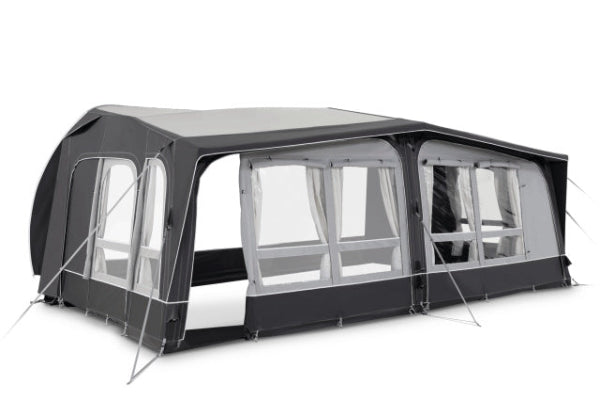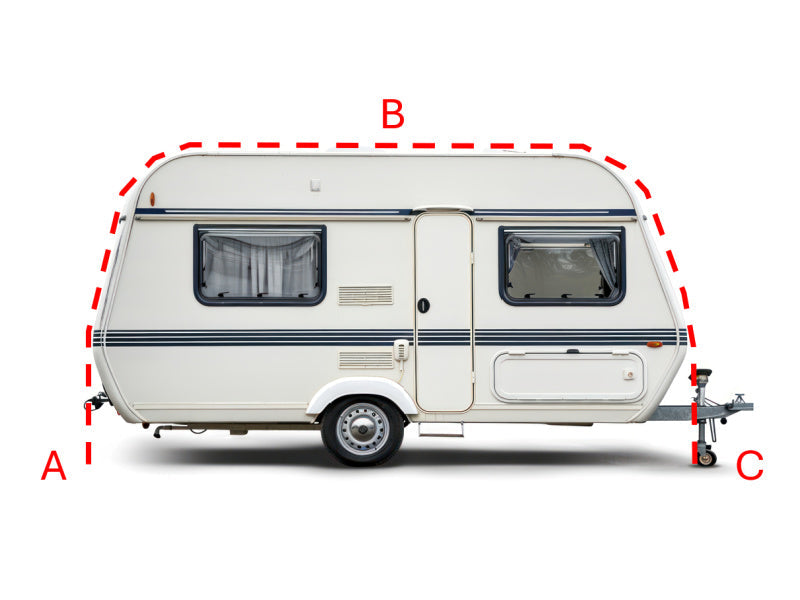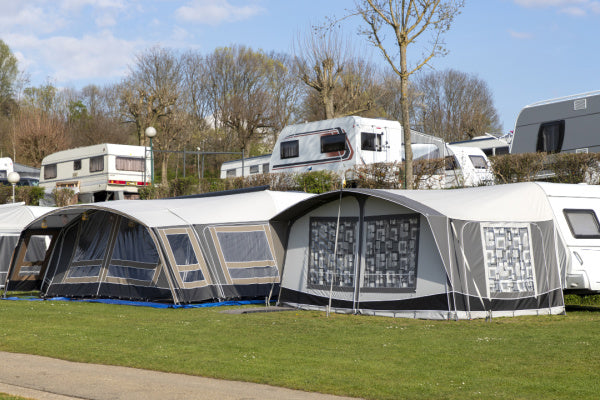How Long Do Shepherds Huts Last?
Shepherd's Huts can last 50 to 100 years with proper care—longer than most relationships! From wild weather to wood treatments, there’s more to their lifespan than meets the eye. Stick around to find out what makes these cosy huts so tough (and how to keep yours from falling apart).
The Core Factors That Determine a Shepherd's Hut's Lifespan
The lifespan of a shepherd's hut depends on its construction, materials, and the level of maintenance it receives.
Whether built in a traditional or modern style, a well-constructed hut can endure for many decades.
Good craftsmanship and thoughtful design also play a large role.
That said, the materials used are often the biggest factor in how long a hut lasts.
Let’s break down the key elements that influence longevity.

The Foundation: Why a Steel Chassis Outlasts Wood
A solid, well-drained foundation helps protect the hut from long-term moisture damage.
Many older huts were built on wooden bases, which are prone to rot over time.
In contrast, modern shepherd’s huts often use a steel chassis, offering far greater durability.
Steel resists pests and decay, and it provides strong structural support throughout the years.
It’s an upgrade that significantly boosts the hut’s long-term resilience.
Timber Quality: The Importance of a Well-Constructed Frame
The quality of timber used is crucial to the hut’s strength and integrity.
High-grade, sustainably sourced wood that has been properly dried and treated will last much longer.
Timber frames need to be built with precision to avoid warping and weak points.
When done right, a timber-framed shepherd’s hut can hold up against the elements for decades.
It also provides that warm, rustic charm these huts are known for.
Exterior Cladding: Corrugated Metal vs. Wood Maintenance
Exterior cladding acts as the hut’s protective shell.
Some huts feature corrugated metal, which offers excellent weather resistance with minimal upkeep.
Others use timber cladding, which is attractive but requires regular treatment.
Left untreated, wood cladding can fade, crack, or even rot over time.
Metal is the lower-maintenance option, but wood remains popular for its traditional appearance.
The Role of High-Quality Roofing in Preventing Water Damage
The roof plays a critical role in a shepherd’s hut’s longevity.
It shields the entire structure from rain, wind, and sunlight.
High-quality roofing materials help prevent leaks and structural issues.
Regular inspections for cracks or missing fixings are essential.
Without proper care, a small roof problem can lead to much bigger issues.
How Regular Maintenance Can Extend the Life of Your Hut
Even the best-built hut won’t survive long without proper care.
Maintenance not only keeps your hut looking good, but it also helps avoid costly repairs later on.
A simple seasonal routine can go a long way.
Below are the key areas to focus on throughout the year.
Annual Checks for Your Roof, Guttering, and Seals
Inspect the roof twice a year—once in spring, and again before winter.
Clear leaves and debris from guttering to prevent water buildup.
Check all seals around windows, doors, and joints for signs of wear or gaps.
Any leaks or damp patches should be addressed immediately.
A few minutes of inspection can prevent long-term damage.

Maintaining Exterior Paintwork and Wood Treatments
Wooden elements should be treated annually to fend off rot and insect activity.
Use appropriate wood preservatives and weatherproof varnishes.
Paintwork may also need refreshing to maintain visual appeal and protection.
Always sand and clean surfaces before applying new treatments.
This upkeep not only prolongs life but preserves the hut’s charm.
Servicing the Chassis and Cast-Iron Wheels
For mobile huts, the chassis and wheels need attention too.
Cast-iron wheels may require cleaning and occasional oiling.
Check for signs of rust or wear on the steel frame.
If the hut is moved regularly, ensure all bolts and joints are secure.
Proper servicing keeps your hut safe and functional on the move.
Do Shepherd's Huts Hold Their Value?
Thanks to their character and durability, shepherd’s huts tend to hold their value well.
With the right upkeep, they remain desirable and marketable for many years.
Here’s why they’re more than just a charming garden feature.
The Strong Second-Hand Market for Quality Huts
There’s a healthy demand for second-hand huts, especially those made by well-known makers.
Buyers often look for high-quality finishes, sturdy materials, and a well-maintained structure.
Original features and craftsmanship can further boost appeal.
This has led to a strong resale market, particularly among glamping businesses and garden office seekers.
A well-kept hut can fetch an impressive return.
How Longevity and Craftsmanship Impact Resale Value
Longevity is a key selling point.
If your hut is known to last 50+ years, buyers are more willing to invest.
Craftsmanship—such as hand-built details and bespoke layouts—adds to this perceived value.
The more robust and unique the hut, the better its long-term prospects.
People aren’t just buying a hut; they’re buying a legacy.
Comparing the Lifespan to Other Garden Buildings
Compared to sheds or log cabins, shepherd's huts win the long game.
A standard shed might last 10 to 20 years, often less with poor maintenance.
Shepherd’s huts, however, can endure for 50 to 100 years, sometimes longer.
This makes them a smarter long-term investment for outdoor living or guest accommodation.
They’re built to last—both in function and in style.
Learning from the Past: The Durability of Historic Huts
Shepherd’s huts aren’t a modern invention—they’ve been around for centuries.
And some of the earliest ones are still standing today.
Let’s take a look at what these old-timers can teach us.

What We Can Learn from Victorian-Era Shepherd's Huts
Many huts from the Victorian period were built with basic tools and natural materials.
Despite their simplicity, they’ve endured extreme weather, relocation, and daily use.
They were functional, practical, and above all—built to last.
Today’s builders can learn a lot from their straightforward yet effective designs.
Sometimes, old methods are the best methods.
How Original Huts Have Survived for Over 100 Years
Some original huts are now over a century old, yet still structurally sound.
That’s largely due to how they were sited, maintained, and protected over the years.
Those who used them valued their shelters and looked after them well.
Even minor repairs were handled promptly, ensuring nothing worsened over time.
It’s a reminder that small actions make a big difference.
The Time-Tested Materials That Contribute to a Long Life
Victorian huts were often made with hardwood frames, iron wheels, and corrugated iron roofs.
These materials were chosen for their strength and availability.
Their performance over time proves their value.
Builders today often return to these tried-and-tested elements for inspiration.
Modern or vintage, it’s all about the materials you trust.
Other content you might like:
- What Is A Shepherds Hut
- Where To Buy A Shepherds Hut
- Do You Pay Council Tax On A Shepherds Hut
- Is A Shepherds Hut A Good Investment
- How To Sell A Shepherds Hut
- Are Shepherds Huts Mobile
- Are Shepherds Huts Warm
- How To Roof Shepherds Hut
- How To Transport A Shepherds Hut
- How Much To Rent A Shepherds Hut





Leave a comment